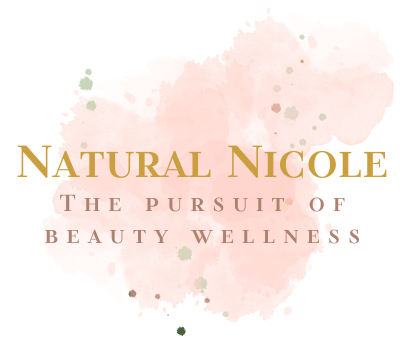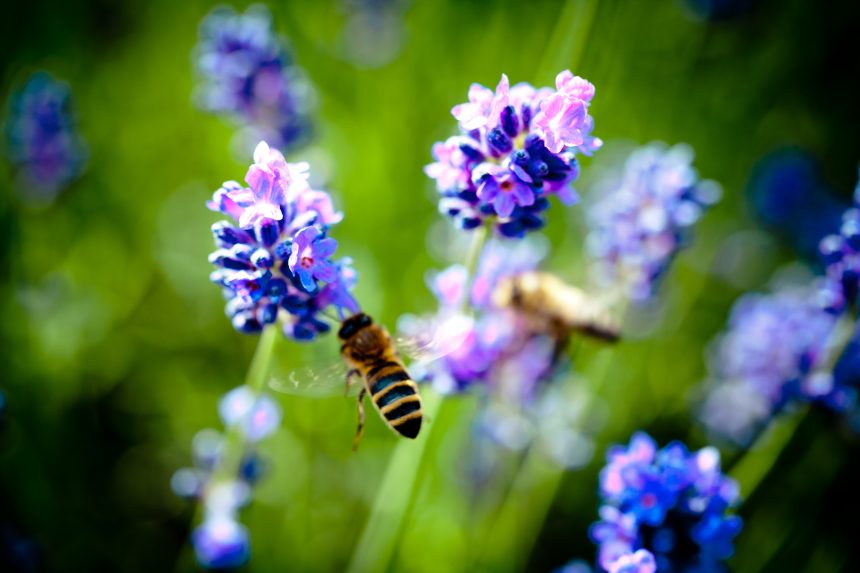AROMATHERAPY: WHAT IT IS AND HOW IT WAS BORN. 7 THINGS YOU MUST ABSOLUTELY KNOW TO START USING ESSENTIAL OILS!
- Aromatherapy what is it and how was it born?
- What is an Essential Oil?
- How to obtain an Essential Oil?
- How to recognize an Essential Oil?
- How Essential Oils Work.
- How to use Essential Oils?
- Warning and Precaution on the use of essential oils.
I have been passionate about aromatherapy for many years now and I could no longer live without it!
Essential oils have become an integral part of my daily life, physically, psychologically and emotionally.
There is a lot to say on this topic but I do it with infinite joy because it is one of my greatest passions, in fact, those who know me know how I enlighten me when I talk about it and that I could continue talking about it for hours.
During the period of work in my Spa in London we had a beautiful essential oil corner and people could try about 76 essences plus about twenty synergies. Our aroma diffuser were always on in the boutique and in the treatment rooms.To my great satisfaction, almost all the people who entered could not help but comment and ask what the wonderful aroma they felt in the air was.
On fine days with the front door open, they were attracted to enter in the shop to discover the magic.
When they asked me: what is this good perfume? It is very different from conventional perfumes but incredibly pleasant!
It was difficult to answer with a single word because the mix of all the oils created a powerful and beautiful harmony and I did not know which particular oil could have attracted that person.
The most ancestral part of our brain responds to the stimuli of the oils in a very personal way and each of us is attracted more to one oil than another (we will see how soon) and for this reason there wasn’t a single answer.But from then on, if the person had time and desire, it was my care and pleasure to introduce them to the wonderful world of Aromatherapy.
Thanks to the essences, beautiful bonds and friendships have also been created!
So if you want to know more and start using essential oils read this article below.
Enjoy 🙂
- AROMATHERAPY WHAT IS IT AND HOW WAS IT BORN?
If I had to describe what aromatherapy is to me, I would say that it is that beautiful bond with Mother Nature, the soul of the plants that comes to our aid on a physical, psychological and emotional level. When we caress a plant of lavender, rosemary, sage, bay leaf, myrtle etc. but also flowers such as rose or jasmine we are immediately captivated by an aromatic note that is in most cases very pleasant.That aromatic note is generally the essential oil contained in the plant even if it is an understatement to say an aromatic note because the essential oil is a complex and well-structured chemical component with a therapeutic use.
For the plant, the aromatic character of the oils plays a function of attraction or repulsion of some insects and animals and plays an important role in the vital and defense processes of the plant itself.
We can define aromatherapy as a holistic discipline as it is founded on the principle of finding harmony between mind, spirit and body. We can see it as a method of care and beauty to keep our body healthy and rejuvenated. For Ayurveda one of the practices to restore our prakriti, the dosha of our birth.
Digging into history, the word Aromatherapy was coined in 1928 by René-Maurice Gattefossé to define the natural treatment based on essential oils, which exploits the therapeutic potential of plants and flowers to cure physical but also emotional ailments.
But the use of essential oils has much deeper roots, there are traces of their use in ancient civilizations such as the Egyptian, Indian, Roman, Greek, Chinese, etc.
Plants and aromatic oils were used as perfumes and cosmetics but also on a medical, culinary and religious level.
In particular, the richest and most well-known associations of the aromatherapeutic use of plants have been found in the Egyptian civilization.
Some papyri dating back to the reign of Khufu around 2800 BC. tell of the use of many aromatic herbs and through the findings in the tombs we also have concrete evidence of the use of scented oils or gum-resin for embalming contained in decorated jars. There are also iconographies that explain the preparation of oils, balms and fermented liqueurs, because at the time essential oils in their purest form were not yet used but were associated with solvents, vegetable oils or fatty substances.
The Greeks also learned a lot from the Egyptians and the first method of distillation of turpentine dates back to Herodotus around 425 BC.
Hippocrates known as the father of medicine prescribed scented oils.
Among the Romans there are great uses of aromatic perfumes for hair, body, massages but also for the home and clothes.
The first distillations are attributed to Avicenna, an Arab doctor and scholar who perfected the use of the cooling coil for distillation around 1000 AD. He focused on the distillation of the rose which became one of the most popular perfumes and at the time of the Crusades it also received fame in the West.
Throughout the Renaissance, aromatic materials were used against diseases and epidemics and the first oils began to be sold.
The perfume industries and new commercial activities began which led to the study of chemistry and the identification of the various elements of oils.
However, this also led to the birth of the pharmaceutical industry with the development of synthetic substitutes and aromatherapy in the mid-twentieth century was reduced to the cosmetic field.
Returning to Gattefosse who coined the term Aromatherapy in 1928, working as a chemist in the family perfumery by chance, he used lavender oil to heal a burn on his hand and saw the extraordinary healing and scarring powers.
His studies found that many essential oils are more effective in their entirety than their synthetic substitutes or their isolated active elements.
Another big important step for Aromatherapy was that made by Doctor Jean Valnet who in 1964 successfully used essential oils as part of his treatment of specific medical and psychiatric disorders.
Aromatherapy today can be considered as an important part of the great field of herbal medicine and phytotherapy since essential oil is one of the different ways in which the plant can become a remedy.
And it is considered to all intents and purposes a holistic discipline, as the use of oils is never restricted to a single organ or system.
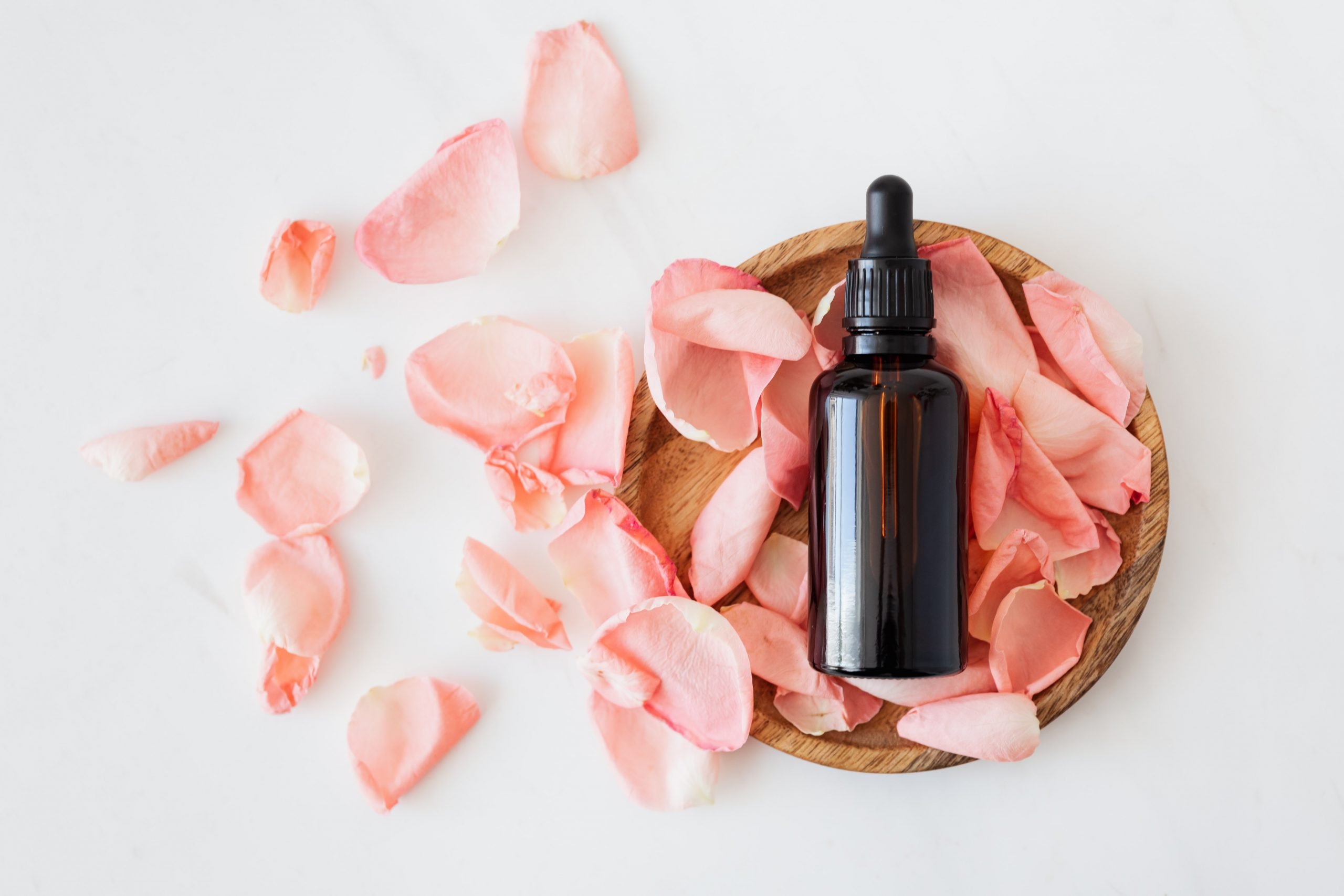
- WHAT IS AN ESSENTIAL OIL?
Essential oils are so called because they separate from water and therefore have in the past been compared to vegetable oils, but in reality they are much more complex, real chemical compounds formed by groups of hydrogen, carbon and oxygen, nitrogen and sulfur that combine with each other in an infinite number of ways. Some of them contain hundreds of organic substances.
They are produced by the plant within specialized cells, different parts can be distilled, such as roots, branches, leaves, flowers, seeds, peel or the whole plant in some cases.
And it is still not entirely clear why some plants have more essential oils and others less.
Furthermore, the amount of essence inside the plants is not the same even during the year. Throughout the life cycle of the plant, the essences constantly change their chemical composition and move from one wall to another at the time and season.
The Balsamic moment is the moment in which the plant is richer in essential oils and therefore it is the favorable moment to have a higher oil yield and then proceed with the distillation. For some of them it is also important to respect the collection time. So every extractor knows that for a good result it is better to consult the calendar of the balsamic moment of each plant that he wants to extract.
Essential oils come in liquid form. They are sensitive to heat, light and very volatile, which is why we prefer to put them in dark or blue bottles, in closed cabinets and always well sealed so as not to alter their properties. As mentioned they are not soluble in water but in fatty oils and alcohol.
Some oils are colorless, while most are delicately colored.
It has also been studied that plants of the same species but grown in different environmental conditions can produce essential oils with completely different chemical compounds where the therapeutic effect also changes. For example, eucalyptus citriodora is very different from eucalyptus globus and eucalyptus radiata. .
This diversity is called a chemotype.
Knows the various chemotypes and the different therapeutic properties allows us to go deeper into aromatherapy and use the right oil for the right problem and avoid those oils that despite being part of the same family because of the chemical differences and therefore different chemotype they should not be used for example during pregnancy, on newborns etc.
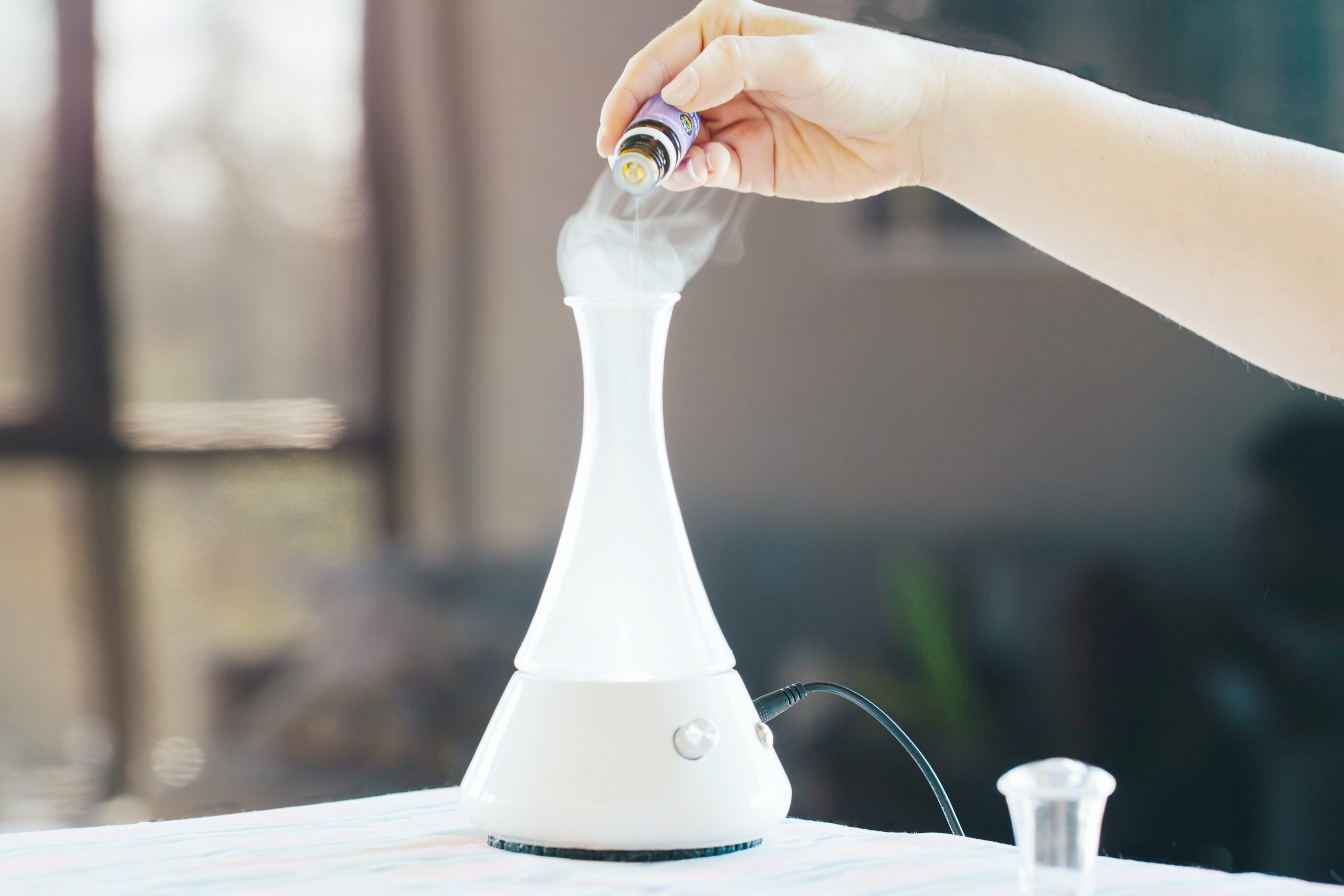
- HOW TO OBTAIN AN ESSENTIAL OIL?
There are several ways to produce an essential oil and a lot depends on the part in which the oil is extracted. Among the best known methods we find the following.
COLD PRESSING.
This method is applied above all to extract the essential oils of citrus fruits because the fresh peels containing the essential oil are squeezed through presses.
To have a good essential oil that is not contaminated by chemical agents given during cultivation, it is necessary to ensure the organic origin of the raw materials.
DISTILLATION IN STEAM CURRENT.
This method is one of the main ones and the one that I had the pleasure too of learning and using to make my first distillations of rosemary, bay leaf, sage, etc.
I remember with pleasure when after having ascertained the balsamic moment we woke up early to collect the plant, grind it and start the long 8-hour distillation with our 60L still! … and the neighbour coming to ask what was the wonderful smell coming from our home!!!
The chopped plant is placed in a basket that is connected via a tube to a pot full of water that will be brought to a boil.
When the water boils, the steam that generates salt and reaches the basket with the chopped plant, passing through the plant will carry the essential oil of the plant with it.
The steam will be channeled into a cooling tube that will transform it back into water but this time enriched with essential oil. But since the two compounds are not miscible, thus making water and oil flow into a container with separate taps, on the one hand only the essential oil will be obtained and on the other the water which, however, at this point will contain some water-soluble substances of the plant a small percentage of essential oil and therefore can be used as aromatic water or even called floral water with very valid and interesting therapeutic effects.
OTHER METHODS.
Solvent extraction, which is used industrially to produce more essential oil. For the extraction, very volatile solvents are used that can make the molecules of the essences soluble in order to bind them. Then they are subjected to evaporation to obtain only the essential oil which is called Absolute.
This type of extraction is not recommended if you want to have an extremely pure product, because traces of the solvent used may remain.
Other methods that are used more industrially are CO2 distillation and molecular distillation.
Enfleurage which was a technique already used by ancient populations and consists in extracting the essential oil by spreading vegetable fat on stone slabs and on it were placed to macerate the flower petals or other parts of the plant which, withering, released the essence. The essential oil is used directly as an ointment together with the fat or hopefully through solvents.
- HOW TO RECOGNIZE AN ESSENTIAL OIL?
On a technical level there are expensive and complicated methods such as gas chromatography and mass spectrometry which obviously cannot be applied to everyday life and therefore we have to rely on the information we have at the moment.
There are many reasons why an Essential Oil can be of poor quality including that of making money by selling them at a high price while in reality they are cut with vegetable oils, alcohol, synthetic oils, essential oils of the same family but poorer.
Some essential oils are then directly rebuilt with less valuable essential oils that have similar aroma.
Obviously it makes no sense to use these oils for an aromatherapeutic treatment and those who market them are making a real scam against the consumer.
So pay attention to the following:
- Try to see if the Latin name of the plant appears on the label with the exact chemotype and if there is only that ingredient and at most the specification of its allergens.
- The oils must be marketed in amber or dark blue bottles and with the cap well sealed. Preferably canned or sold away from light. Never buy oils in plastic or clear bottles!
- Try to figure out the average selling price of an oil by doing some research online. If you find a cheap Jasmine or Damask Rose or Neroli essential oil, there is certainly something wrong and it is better to investigate! Essential oils are like wine and have different costs depending on what is being distilled. When you find shops or stalls that sell essences all at the same price in most cases they are synthetic flavors, created in the laboratory and therefore sold at the usual price.
- Try to buy oils labeled organically grown or harvested in the wild to avoid harmful pesticides, especially in oils extracted from citrus fruits.
5. Example of label:
Seller Name 100% pure essential oil Savory
Santureja Montana
France
Spontaneous plant
Once the oil has been purchased, there is another trick that can be used to test its purity. To do this, simply place a single drop on a piece of white paper and then let it dry. If an oil ring is released, it is not a pure essential oil because the oil should dry out and leave no trace.
Obviously there are very resinous or colored oils and therefore there are exceptions and they can leave a slight tint, although it shouldn’t be greasy. These exceptions include sandalwood, patchouli oil and German chamomile and vetiver.
Then starting to learn what the best climates are for certain plants will also allow us to understand that the pure and organic essential oil from those regions will certainly have excellent quality both at an olfactory and aromatherapeutic level. For example, the rose from Bulgaria, the lemon and orange from Sicily etc.
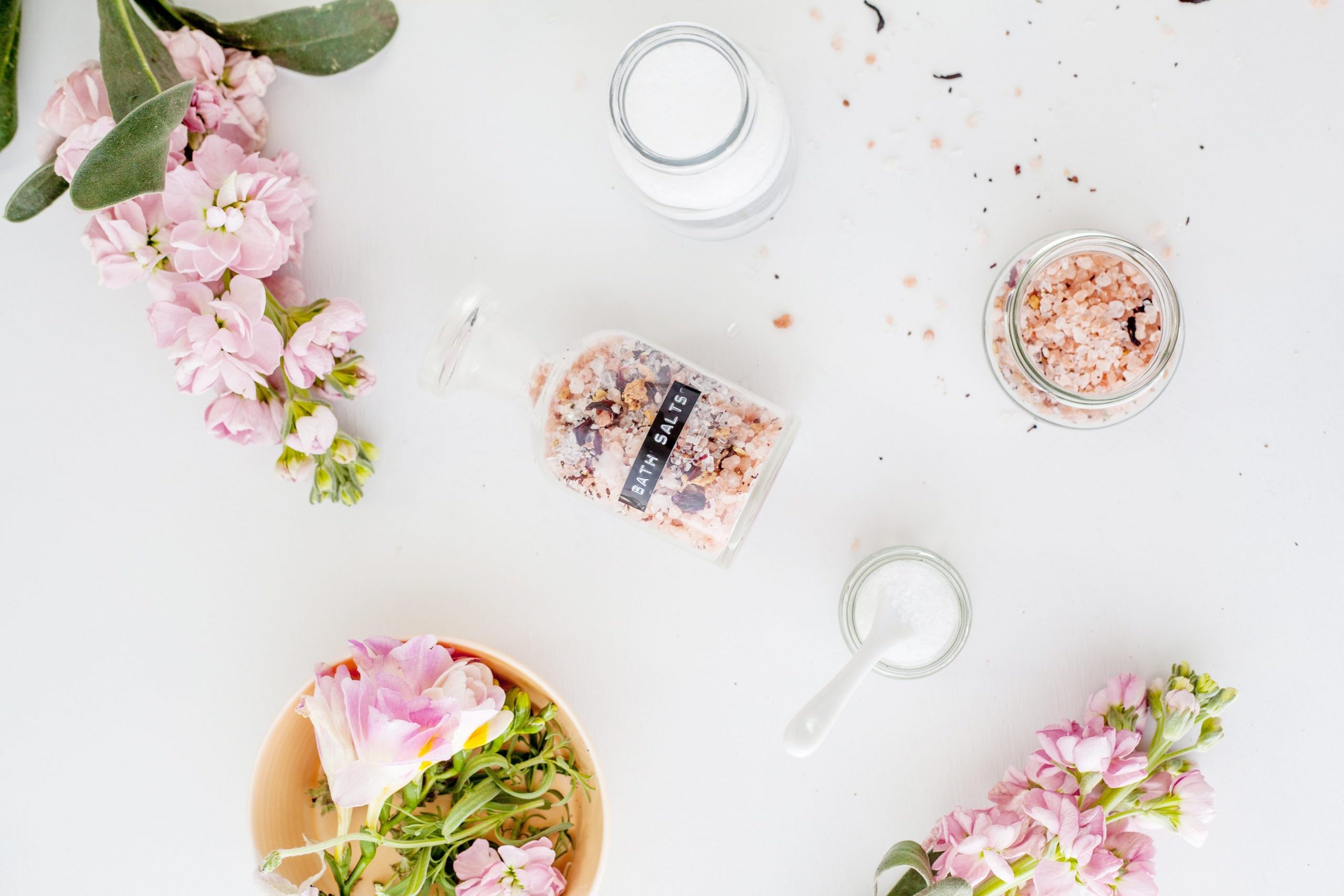
- HOW ESSENTIAL OILS WORK.
Essential oils are characterized by their intense aromatic note and therefore both used on the skin and orally always act on our body and mind thanks to the olfactory perception.
What distinguishes the sense of smell from the other senses is that there is a direct connection between the brain and the olfactory receptors of the nose.
The small essential oils reach the olfactory mucous membranes and carry their message directly to the limbic system of our brain.
The limbic system is involved in emotional reactions, short and long term behavioral responses.
Then the limbic system searches the memory archive for the emotional and instinctive behaviors aroused by essential oils.
It then passes the information to the hypothalamus.
By means of essential oils it is possible to work on the endocrine system to keep our psycho-physical balance in perfect harmony.
Not only because ‘essential oils evoke our moods but also because’ they help our consciousness beyond our normal perception, for example by instilling courage, consultation, relaxation, creativity etc.
In fact, many people with the use of essential oils experience an immediate well-being that goes beyond the understanding of the alert mind.
So learning to know and understand essential oils is very important to be able to make good use of them both physically and mentally.
Being complex chemical compositions as we have seen, each essence varies in fragrance and properties even if in general the essential oils are we can note the following properties.
For the skin they are antiseptics, anti-inflammatories, fungicides, cicatrisants, deodorants, pesticides, decongestants.
They are very important for the joints and muscles because, by easily entering the bloodstream, through the skin and mucous membranes, they influence the general character of the circulation and are hypotensive, hypertensive, rubefacient, purifying the lymphatic system.
For breathing they are expectorants, antiseptics and balsams.
The bactericidal activity of essential oils is very important to keep the defenses of our immune system high.
In my article Immune system what it is and how it works. Everything you need to know to strengthen it and live a happy life.
I explain which are the best oils to use to start with.
- HOW TO USE ESSENTIAL OILS?
Many people I know or have known do not come close to aromatherapy because they think it is a complex world and dedicated only to experts or people who practice oriental philosophies.
Actually, taking the first steps is easier than you think, you don’t have to upset your way of life, move away from traditional medicine or remove all drugs from the cabinet, but step by step you can integrate some essential oils into our daily practices. .
STEAM INHALATION.
You can add a few drops of essential oil to a basin of boiling water, usually 2 liters, and then breathe in the vapors, perhaps covered with a towel. Obviously, very little essential oil is enough.
BATH.
It is very pleasant to add a few drops of essential oil to our baths, both in the hot and cold seasons.
We can choose the essential oil based on the therapeutic effect we want to achieve refreshing, energizing, antibacterial, relaxing etc. and also add other ingredients such as sea salt, clay, baking soda, honey, milk, etc.
HANDBATHS, FOOTBATHS, HALF SWIMSUITS.
When you don’t have time for a full bath or you don’t have a bathtub but you want to get effects similar to those of a bath, you can immerse your hands, feet or legs in water with the addition of essential oils.
This practice improves circulation so it is also recommended in summer after a heavy day with legs resulting from swollen legs to achieve immediate well-being and relaxation, perhaps by adding essential oils such as mint or rosemary.
MASSAGES.
In my Spa obviously essential oils were the kings of massage practices and were always rigorously used diluted in vegetable massage oils such as almond, jojoba, argan etc. and also used in synergy with each other.
We can say that massage is also the best way to approach aromatherapy since the skin is the largest organ in our body and essential oils immediately go into a circle and help to quickly achieve the desired effect. example detox, muscle release, relaxing, anti-cellulite, smoothing etc.
Also very popular in bandages to detoxify the body.
DIFFUSION IN THE ENVIRONMENT.
One of the most commonly used and perhaps the simplest methods of all to start using essential oils is the diffusion in environments.
Great way to purify the air of the environments in which we live.
Diffusion can take place in many ways, in the radiator pan, in the dehumidifier, even simply by boiling a saucepan of water and adding a few drops of essential oil.
Or buying an ultrasonic diffusers, now a days you can find several models in commerce for good deals.
CREAMS OR BALSAMS
You can add essential oils to neutral creams or balms as beauty care for skin problems, burns, respiratory diseases, etc.
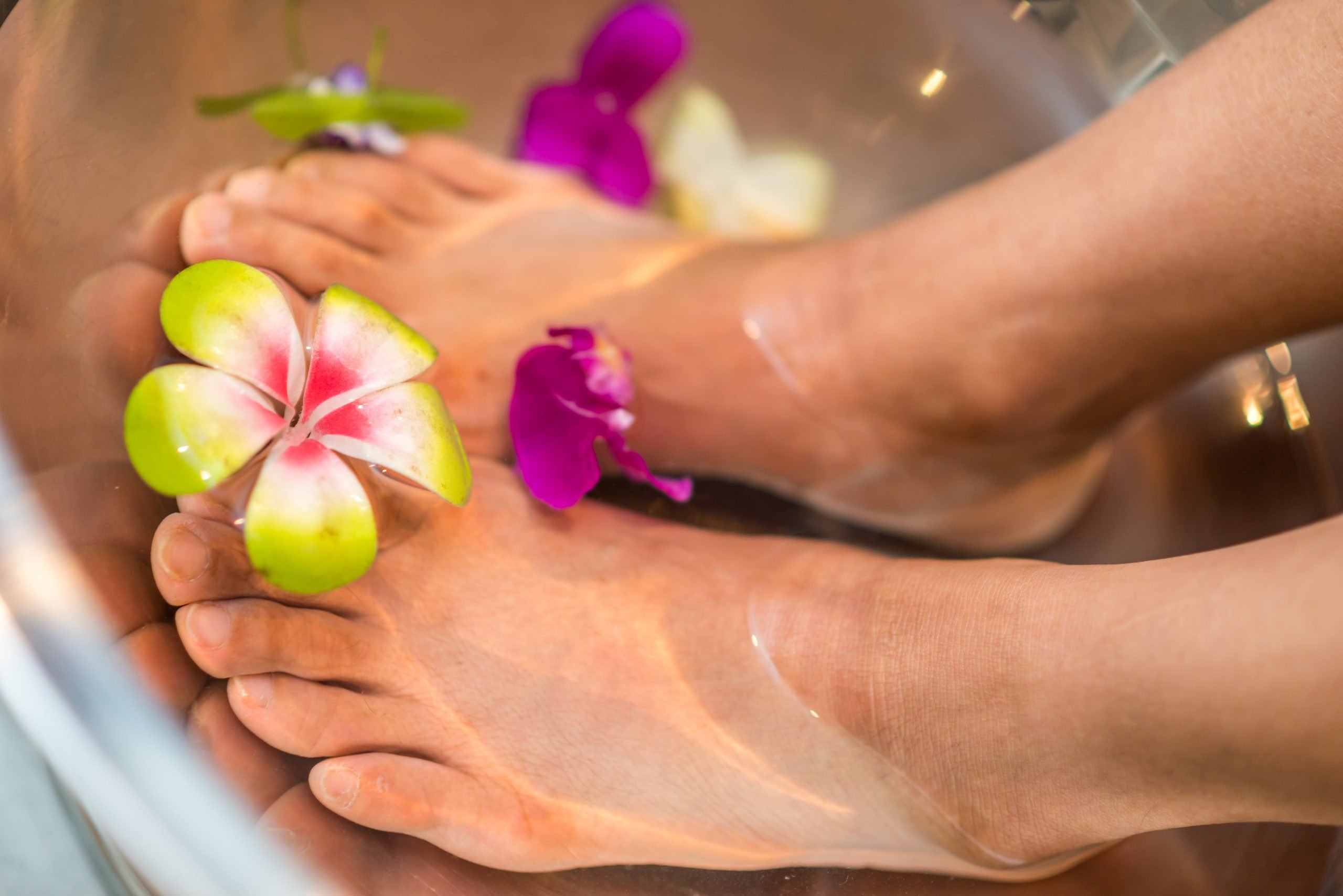
- WARNINGS AND PRECAUTIONS ON THE USE OF ESSENTIAL OILS.
Whether it is food, supplements, beauty products, medicines or perfumes, we should always ask ourselves what we are using and what effects it could have on our body, in the immediate but also in the long term.
So even for essential oils there are some precautions to follow for proper use.
- First of all, in case of illness and taking medicines, always contact your doctor and do not look for do-it-yourself remedies.
- Hear the doctor’s opinion even in the case of pregnancy, epilepsy, heart problems, neurological problems and for use on children and of course avoid keeping them within the reach of children.
- To check for any allergies, do the skin test by diluting an essential oil with oil and applying a drop in the crook of the arm to see if any redness occurs.
- Never use pure oils on the skin but always diluted with water in the case of baths or with vegetable oils or creams for massage or application on the skin.
- For oral use, contact a specialist.
- Do not use in contact with eyes.
- Avoid exposure to the sun when using essential citrus fruit derivatives, as they are photosensitizers.
- Always use essential oils in drops and never exceed the indicated quantities.
- It is usually a good idea to never exceed 10 drops per day.
- In case of homeopathic treatments see with a specialist which essential oils to avoid.
So by following all the instructions above, you just need to start trying to use the most common essential oils to improve your lifestyle and well-being.
I recommend starting with something you want to improve in your life, both psychically and mentally and looking for which plant is best for you!
With love
Nicole
Error: No feed found.
Please go to the Instagram Feed settings page to create a feed.
DISCLAIMER. The information presented in this blog does not constitute any health or medical advice. I don’t aim to cure, treat or diagnose any disease or illness. This blog has not been evaluated from any medical body.Please seek advice from your Doctor for your particular health concerns before changing your healthcare routine or relying on this information especially if you are ill, taking medication, you are pregnant, breast feeding, nursing, having a medical condition.If you have pets seek advise from your veterinarian before changing they healthcare routine or relying on this information. These are just my personal opinions for educational purpose only.
